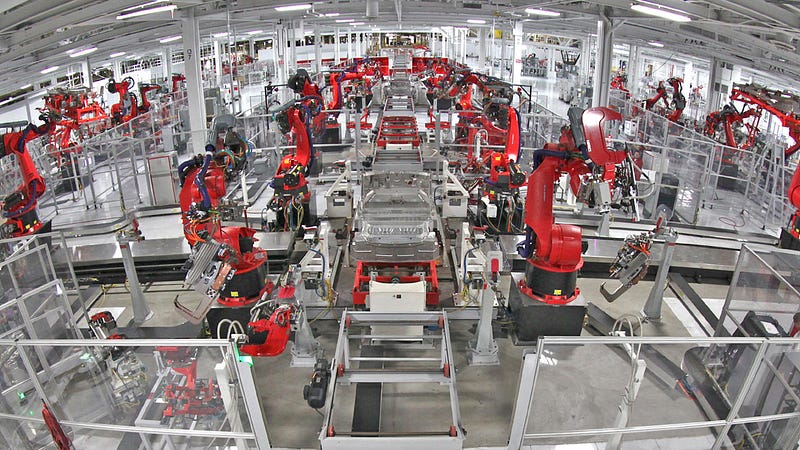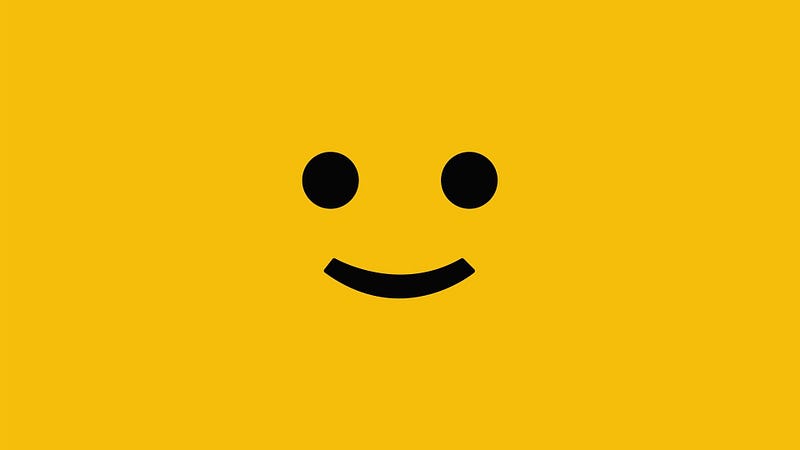Explanations & Tutorials
Internet of Things Examples and Applications
Think of IoT as doing one or more of the following; increasing efficiency, improving health/safety, or creating better experiences.
Think of IoT as doing one or more of the following; increasing efficiency, improving health/safety, or creating better experiences.
"Any sufficiently advanced technology is indistinguishable from magic” — Arthur C. Clarke, Profiles of the Future
The Internet of Things (IoT) promises to bring immense value to our lives. By continuing to connect all the “things” in our world, we’ll achieve feats that will truly seem like magic. But because IoT is so broad and far-reaching of a concept, I’ve found that many are confused about what the potential applications for IoT are exactly. Below I'll give some Internet of Things examples and applications to clear things up.
It’s helpful to think of IoT as doing one (or more) of the following; increasing efficiency, improving health/safety, or creating better experiences.

“This years’ series of Internet of Things (IoT) and Industrial Internet of Things (IIoT) forecasts reflect a growing focus on driving results using sensor-based data and creating analytically rich data sets…solving complex logistics, manufacturing, services, and supply chain problems.” — Louis Columbus, Roundup Of Internet Of Things Forecasts And Market Estimates, 2016
Increasing efficiency means more output with the same input or the same output with less input. Inputs could include time, energy, money, or resources. Output could be units produced or tasks accomplished.
Efficiency is particularly important for industrial applications, because more production at less cost means greater profit. Below are some Internet of Things examples:
Sensors embedded in manufacturing equipment and placed throughout a factory can help identify bottlenecks in the manufacturing process. By addressing bottlenecks, manufacturing time and waste is reduced.
Rather than standard preventative maintenance, which means performing maintenance on machines before they break, “predictive maintenance” means using advanced sensing and analytics to predict exactly when machines will need maintenance. Because predictive maintenance means only servicing machines when they need it, this cuts total costs and the time machines spend idle.
People and organizations can achieve significant decreases in their energy usage with IoT. Sensors monitor things like lighting, temperature, energy usage, etc. and that data is processed by intelligent algorithms to micromanage activities in real-time. This is how Google cut 15% of it’s energy expenditure in it’s data centers.
On an individual level, things like Smart Thermostats can automatically turn off heating/cooling when no one’s home to save energy.
For outdoor agriculture, an example could be sensing soil moisture and taking weather into account so that smart irrigation systems only water crops when needed, reducing the amount of water usage.
For indoor agriculture, IoT allows monitoring and management of micro-climate conditions (humidity, temperature, light, etc.) to maximize production.
By placing RFID or NFC tags on individual products, the exact location of single items in a large warehouse can be shared, thus saving search time and lowering labor costs.
Another example is in a retail setting. By knowing exactly what’s in-stock and what isn’t, the store can order new products only when needed. This reduces the cost of keeping extra inventory in the back. Also, smart inventory management eliminates the need to manually check what’s on the shelves, reducing labor costs.
The Internet of Things enables heightened surveillance, monitoring, and detection, which all combine to improve health and increase safety.
Sensors can collect critical information about the environment, allowing for early detection of environmental disasters like earthquakes, tsunamis, etc., thus saving lives.
Better surveillance and tracking tools will allow authorities to detect when crime has occurred and respond much faster, keeping citizens safer. Also, law enforcement will even be able to predict crime, stopping it from happening in the first place. However, this safety comes with some concerns.
Patient surveillance can be life-saving; automatically detecting when someone falls down or when they begin to experience a heart attack so that emergency care can be sent immediately.
Sensors can also detect radiation, pathogens, and air quality so that dangerous concentrations can be identified early, allowing people to evacuate.

“We are stuck with technology when what we really want is just stuff that works” — Douglas Adams, The Salmon of Doubt
The Internet of Things will allow our world to increasingly shape itself to our needs and our wants, creating a better experience.
Knowing that you won’t have much time to cook when you get home, your car talks to your kitchen to find out dinner options. The fridge and pantry check what food you have and then the oven comes up with quick, easy recipes based on your preferences. The car asks you what you’d like and by the time you get home your oven has preheated. A voice walks you through the food prep, you put the dish in the oven, and go to pick your kids up from practice. When you get home, the oven has cooked dinner to perfection and your hungry kids dig in.
Could you lump this in under efficiency? Perhaps. But to me this goes beyond simple efficiency.
It’s about making stuff that just works, like magic, making our lives better.